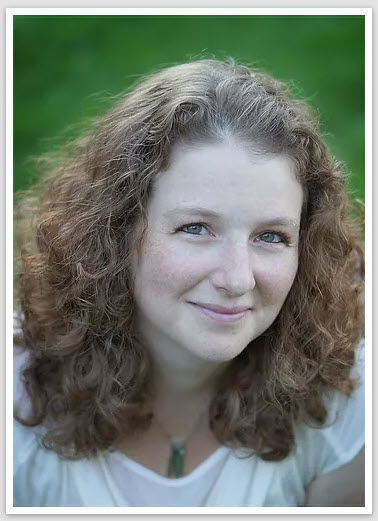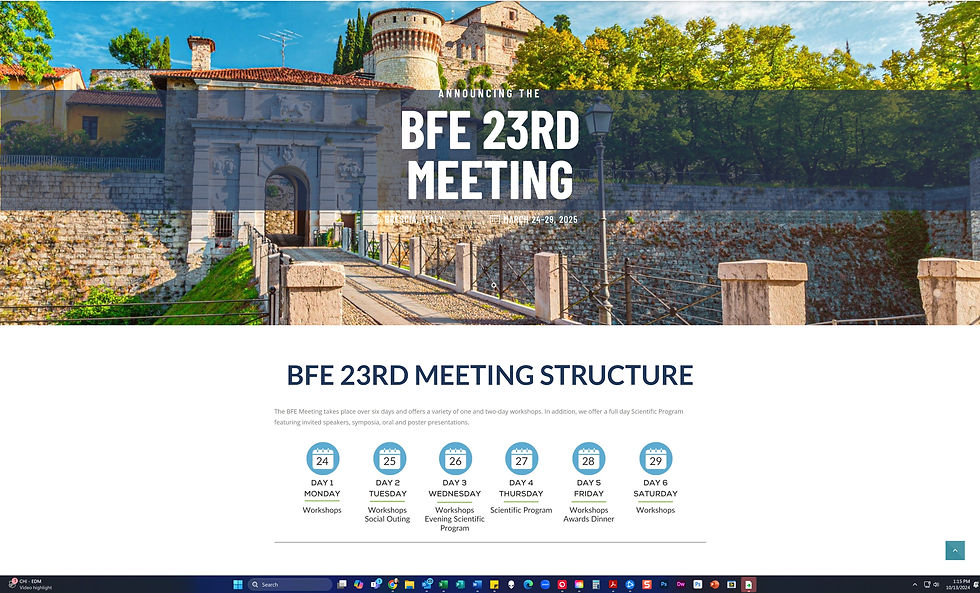5-Min Science: Autism Involves Altered Neuron Density
- BioSource Faculty
- Oct 11, 2024
- 4 min read
Updated: Oct 13, 2024

There is growing evidence that the neurons responsible for communication in the brain are structured differently in children with autism compared to neurotypical children.
Neuron Density Findings in Autism
Research from the Del Monte Institute for Neuroscience at the University of Rochester reveals variations in neuron density in specific brain regions in children diagnosed with autism. This work, led by Zachary Christensen, utilizes advanced neuroimaging techniques that enable the in vivo examination of the brain's microstructure, providing insight that was previously only attainable postmortem. Neuron graphic © ART-ur/shutterstock.com.

In this study, over 11,000 children, aged 9-11, were imaged as part of the Adolescent Brain Cognitive Development (ABCD) study, the largest of its kind. Of these, 142 children diagnosed with autism were compared to both neurotypical peers and a subset of children with other psychiatric conditions such as ADHD and anxiety.
The findings were striking: children with autism exhibited lower neuron density in some areas of the cerebral cortex, which is crucial for cognitive functions like learning, reasoning, and memory. In contrast, other regions, such as the amygdala, which plays a key role in emotion processing, demonstrated increased neuron density. These differences were found to be specific to autism, as similar patterns were not observed in children with other psychiatric disorders.
Christensen explains that while previous research has focused on macroscopic measures of the brain, such as cortical thickness and volume, newer neuroimaging techniques—like restriction spectrum imaging (RSI)—unveil a deeper level of complexity in how neuron structure differs in autism.
This approach enables the characterization of total neurite density (TND) and its components: restricted normalized directional diffusion (RND), representing axonal and dendritic branching, and restricted normalized isotropic diffusion (RNI), representing neuron cell bodies. The study found a significant reduction in TND in the right cerebellar cortex of children with autism, alongside regional increases in RND and reductions in RNI in various brain regions, reflecting intricate deviations in neuron architecture.
These insights could have profound implications for the diagnosis and treatment of autism. The ability to reliably identify unique neuronal patterns associated with autism opens up new avenues for individualized therapeutic interventions. For instance, detecting specific deviations in neuron structure could help tailor interventions that address the distinct neural features of each individual. Moreover, these findings demonstrate that advanced imaging techniques, such as RSI, may become valuable tools in diagnosing autism and monitoring its development over time.
As senior author John Foxe notes, the data collected by the ABCD study represents a groundbreaking shift in how we understand brain development. This longitudinal study, which will follow the same cohort into adulthood, promises to deepen our understanding of the long-term neural changes associated with autism. The ability to observe these changes in vivo offers an unprecedented opportunity to track the developmental trajectory of the brain in individuals with autism, potentially leading to earlier diagnosis and more targeted treatments.
Summary
This research underscores the potential of advanced neuroimaging techniques to transform our understanding of autism. By revealing specific changes in neuron density in various brain regions, it provides crucial insights into the neurobiological underpinnings of the disorder. These findings not only contribute to the growing body of knowledge about autism but also highlight the promise of using neurite architecture as a biomarker for diagnosis and personalized interventions. The work conducted at the Del Monte Institute for Neuroscience represents an important step forward in autism research, with the potential to improve outcomes for individuals with autism through more precise and individualized therapeutic approaches.
Open-Access Article
Christensen, Z. P., Freedman, E. G., & Foxe, J. J. (2024). Autism is associated with in vivo changes in gray matter neurite architecture. Autism Research: Official Journal of the International Society for Autism Research, 10.1002/aur.3239. Advance online publication. https://doi.org/10.1002/aur.3239
Glossary
amygdala: a brain region involved in emotion regulation and social behavior, often found to be structurally altered in individuals with ASD.
cerebellum: a structure in the hindbrain responsible for motor control and implicated in cognitive functions; changes in its structure are observed in ASD.
cytoarchitecture: the cellular composition of a specific region in the brain, particularly the arrangement and density of neurons.
diffusion-weighted imaging (DWI): a type of MRI that measures the diffusion of water molecules in the brain, used to infer the structure of neural tissues.
neurite: projection from the neuron cell body, including axons and dendrites, which facilitate communication between neurons.
restriction spectrum imaging (RSI): an advanced form of DWI used to separate different types of diffusion, providing a more detailed picture of brain microstructure.
restricted normalized directional diffusion (RND): a measure in RSI that reflects the density of directional structures, such as axons and dendrites.
restricted normalized isotropic diffusion (RNI): a measure in RSI that reflects the density of neuron cell bodies within a given brain region.
total neurite density (TND): a measure of the overall density of neurites, including axons and dendrites, in a specific brain region.
Support Our Friends

Dr. Inna Khazan's BCIA Introduction to biofeedback workshop will be offered in two parts this year.
Part 1 is entirely virtual, consisting of 20 hours (over 5 days) of live online instruction, home-study materials distributed prior to the live workshop, and written instructions for practical lab work to be completed during the week of the workshop or after its completion. Part 1 fulfills BCIA requirements for introduction to biofeedback didactic. Part 1 will take place on Zoom, November 4 - 8, 2024, 12 - 4pm EDT. Tuition is $1395.
Part 2 is optional, and consists of 14 hours (over 2 days) of in-person hands-on practical training using state-of-the-art equipment, designed to help participants be better prepared to start working with clients. Part 2 will take place in Boston on November 11 & 12, 2024, 9am-5pm EDT. Tuition is $395. (Please note that an Introduction to Biofeedback didactic (taken at any previous time, anywhere) is a pre-requisite to the hands-on training).





Comments